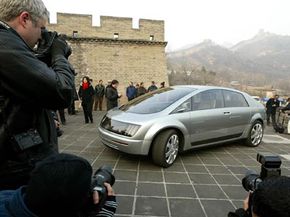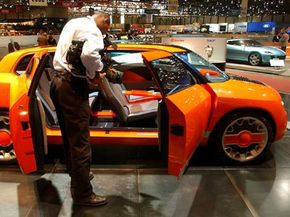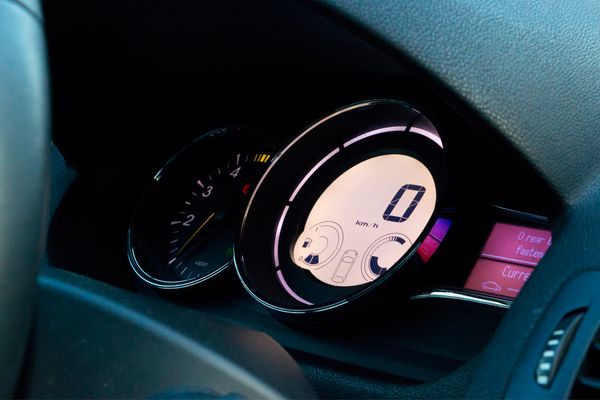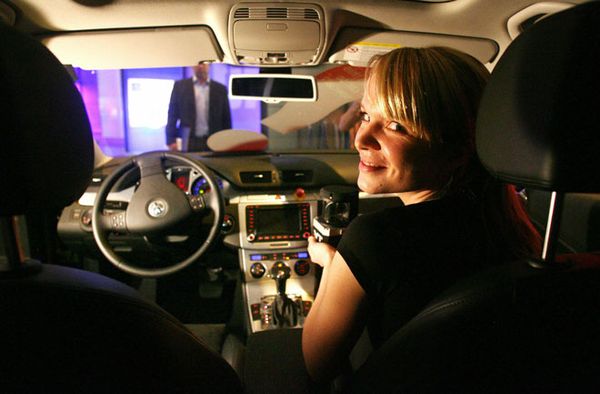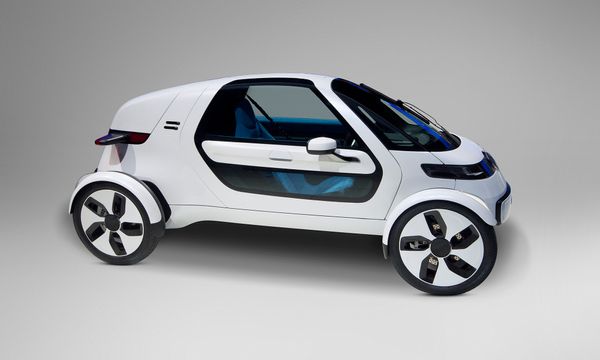So there you are, settled into your seat as you take hold of the joystick. Pushing the control up moves your vehicle forward, while pushing it side to side steers the car left or right. Ready to go, you jam the throttle forward, gaining speed. Your car accelerates faster and faster -- that is, until you reach the nearest stoplight, where you slow to a stop.
What is this, some kind of boring video game where the rules are to follow the speed limit and normal, everyday laws? Nope. In fact, this situation, one where the driver uses a video game-like joystick or controller, could soon become a reality in the cars that appear on the showroom floor.
Advertisement
A technology known as drive-by-wire, also called "x-by-wire" or simply "by-wire," could change the way people drive. A car with this type of system would rely mainly on electronics to control a wide range of vehicle operations, including acceleration, braking and, as mentioned in our earlier example, steering. Conventional cars mainly use hydraulic and mechanical technology to conduct these same basic vehicle operations, and although the systems are powerful, they can be overly complex, inefficient and conducive to wear and tear over the years.
But over the years, manufacturers and outside researchers and inventors have been integrating computers and electronics into modern cars. If drivers could simply get accustomed to the idea, drive-by-wire systems have the potential to increase comfort, functionality and safety during the drive. Computers and sensors would analyze commands and instruct vehicles on exactly what to do. And by-wire systems have an environmental angle, too, since the technology could improve fuel economy and reduce or improve engine emissions.
The term also might be familiar to aviation enthusiasts, since airplanes have used systems called "fly-by-wire" since the 1990s. That technology, just like drive-by-wire, uses electrical wires to control the normal operations of a plane. How does drive-by-wire in a car work? How can drivers speed up, slow down and steer with just a network of wires? Is it safe, or are there concerns over drive-by-wire systems?
Advertisement
